This course takes you to Fushimi-juku after walking around Mitake-juku on the Nakasendo Road. The distance is short (about 7 km) and you can walk it in half a day. But be careful if you take a train because the number of trains to Meitetsu Mitake Station is limited.
While Mitake-juku retains the appearance of a post town, it is not as enjoyable as a walking tour of the area. Gankoji Temple, just a short walk from Mitake Station, has 23 Buddhist statues that are important cultural assets. It is a good place to visit (reservations are required for viewing at 0574-67-0386).
There is not much of note on the road walk from Mitake-juku to Fushimi-juku. However, the ruins of Gohdo Castle on the way are a must-see if you like castles.
Course Highlights
Mitake-juku
As you exit Mitake Station on the Meitetsu Line, you will already see the Nakasendo Mitake-juku in front of you. A signboard welcomes you to the town of Mitake. The Nakasendo Road is also depicted on the sign.

Mitake-juku was originally the gate town of Gankoji Temple. It was designated as a post station in 1602 when the Nakasendo Highway was built. And the town developed thereafter. Although the atmosphere of bygone days can be felt, the number of existing old buildings is limited.
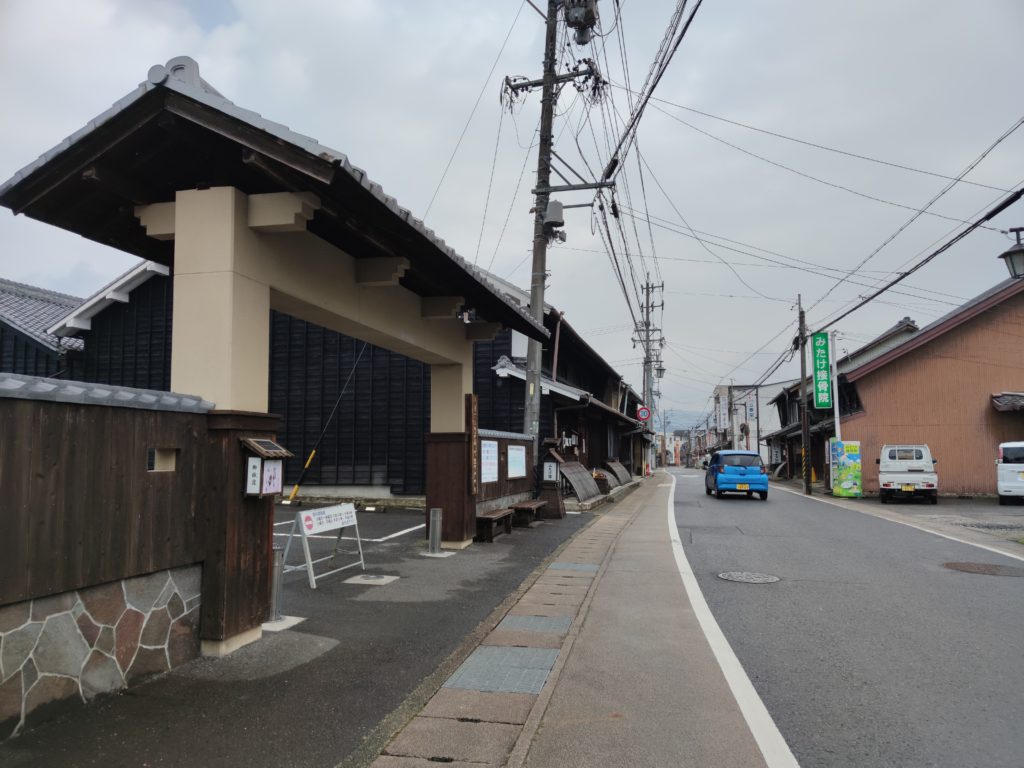
The old building is the merchant Takeya. The architectural style is from the Edo period, but it was built only in the Meiji period.
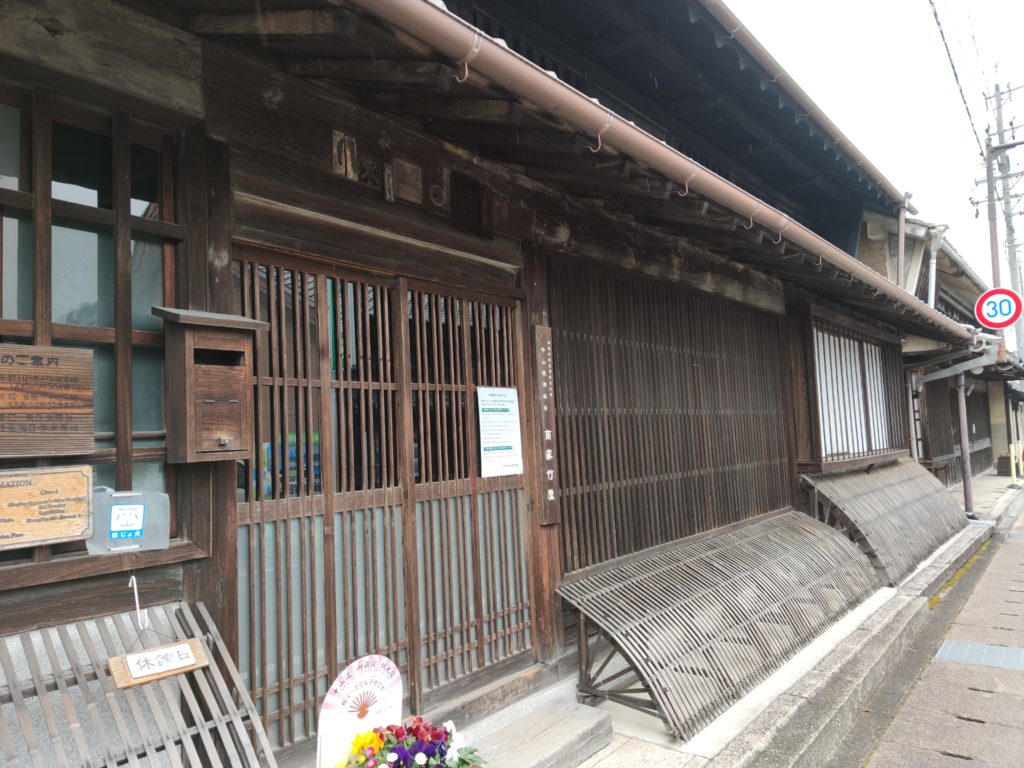
Back toward the station, Gankoji Temple has a gate facing the street. And it is an old temple with a long history dating back to 713, when the Tozan Road passed through here. Unfortunately, the main hall, an important cultural property, was under restoration at the time of our visit. It is said that Yoshinaga Kani, known as Saizo Kani, was raised at Gankoji Temple. He was a warlord and served Akechi Mitsuhide, whose hometown was close to Kani’s.
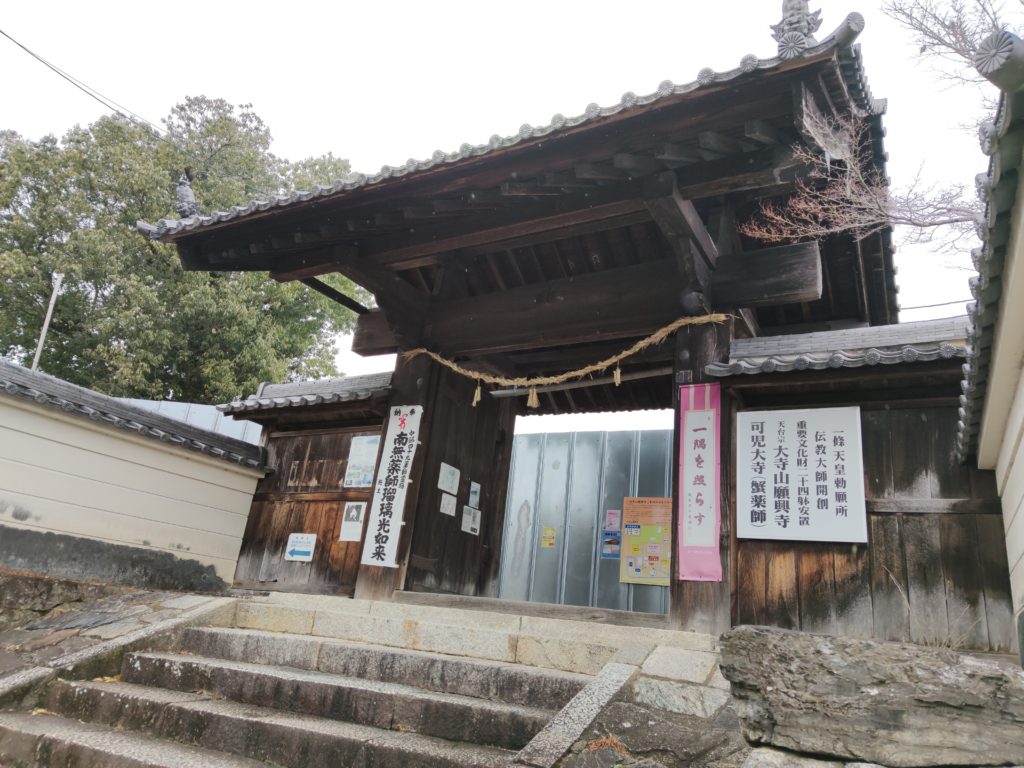
We took a look inside the temporary main hall beside the main hall, which is undergoing repair.
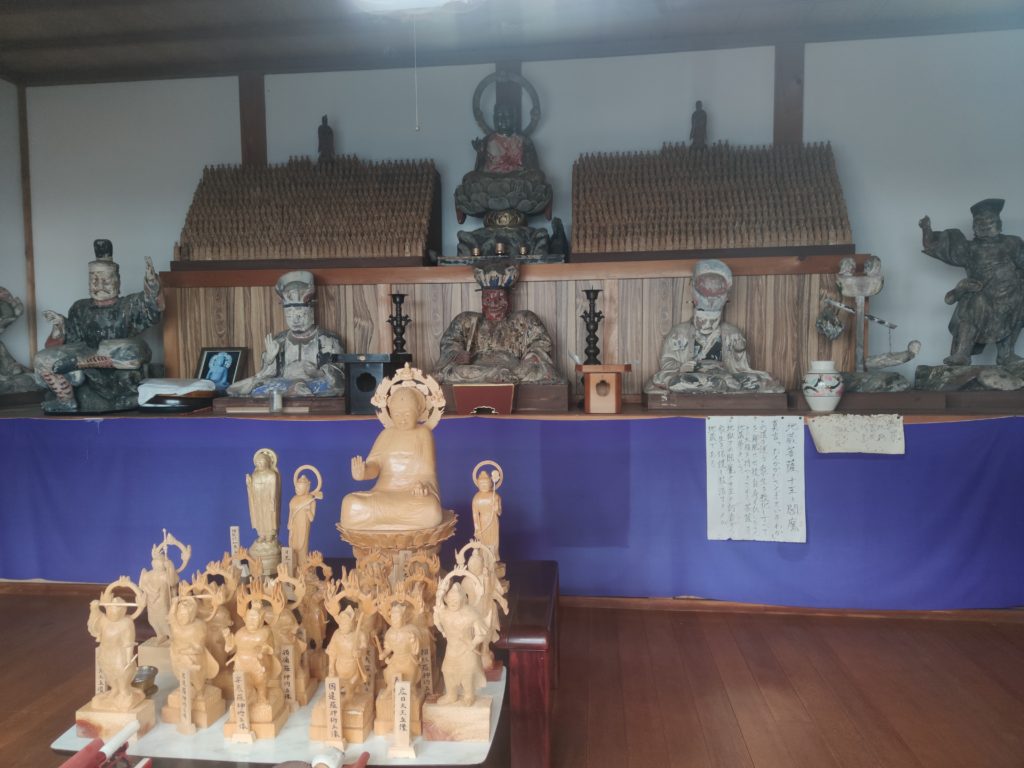
Leaving Gankoji Temple, we headed for Fushimi-juku on the Nakasendo Road. In Mitake-juku, there are many nightlights standing here and there.
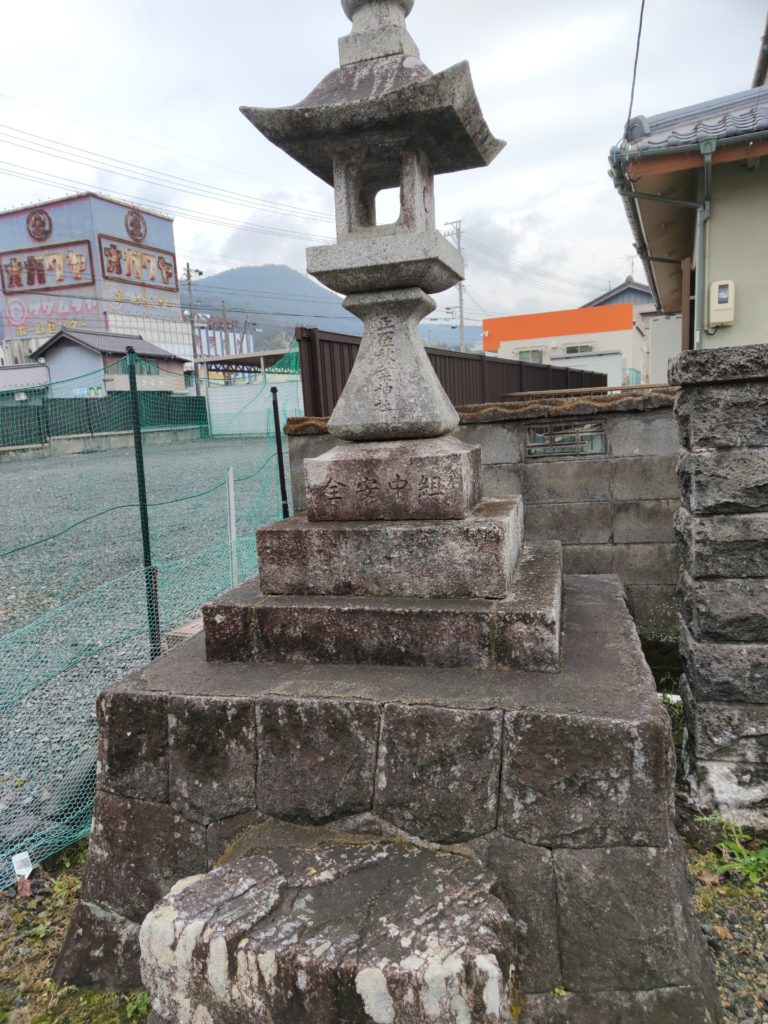

mound of demon heads
Walking along the Nakasendo Road for a while, you will find a mound of demon heads on the north side of the road. At the beginning of the Kamakura period, a man named Taro settled in what is now Oniwa Park and committed arson, robbery, and other misdeeds in the area. Taro was finally called “Oni” (demon) and was known as “Seki no Taro” (Taro of Seki). At the order of Hōhō Go-Shirakawa, warriors were dispatched from Kyoto to defeat him. Finally, Koketsu Gengo Moriyasu, a landowner, captured Taro, who came to the market dressed as a woman, and had him beheaded. The head was pickled in salt and placed in a tub. On the way to Kyoto via the Tozan Road at that time, the head suddenly became too heavy to be moved. So it was buried here.
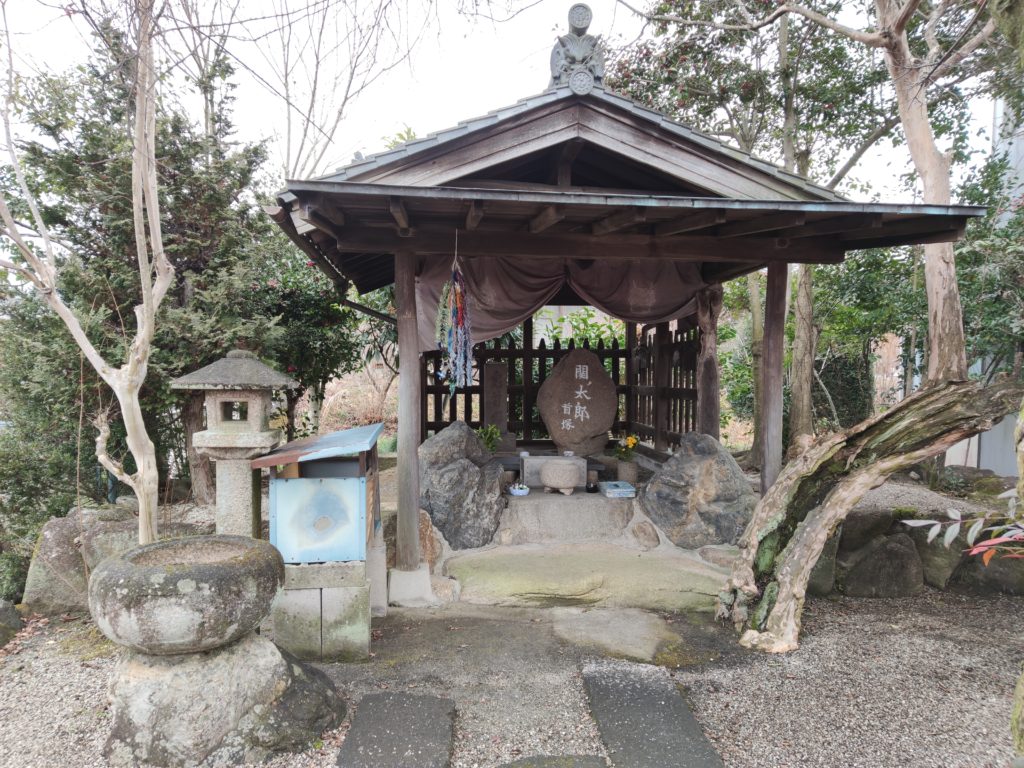
After passing the temple of Ontake-ko?, the Nakasendo road leaves the national highway. Although there is not much to see on the old road, the distance is not so different, so let’s walk on the old road.
Gohdo Castle
The ruins of Gohdo Castle are located on the north side of Nakasendo, where the Kani River flows immediately to the left. Be careful, as it is not visible from the Nakasendo.
The history of Gohdo Castle dates back to the Onin War. There was a warrior named Myochin Saito in this area. Myochin was his Buddhist name when he was ordained, and his real name is unknown. It is said that he was active in the Western Army during the Onin War. Saito Myochin built Gohdo Castle, which is a castle on the plains.
It is difficult to see Gohdo Castle in its entirety, but just by looking at the moat and earthen mounds around the explanatory plaque, it is clear that it was quite large. Except for the south side where the Kani River flows, moats and earthen mounds were built on three sides.

Inside the earthwork of Gohdo Castle are ordinary houses. Unless you are told that it is a castle ruin, you would not notice it. Please refer to Google Map. The green rectangle in the center is Gohdo Castle.
Further along the Nakasendo road, just as the old road leaves the national highway again, you will find the remains of Hii Ichirizuka. This is the only Ichirizuka in this section of the road.
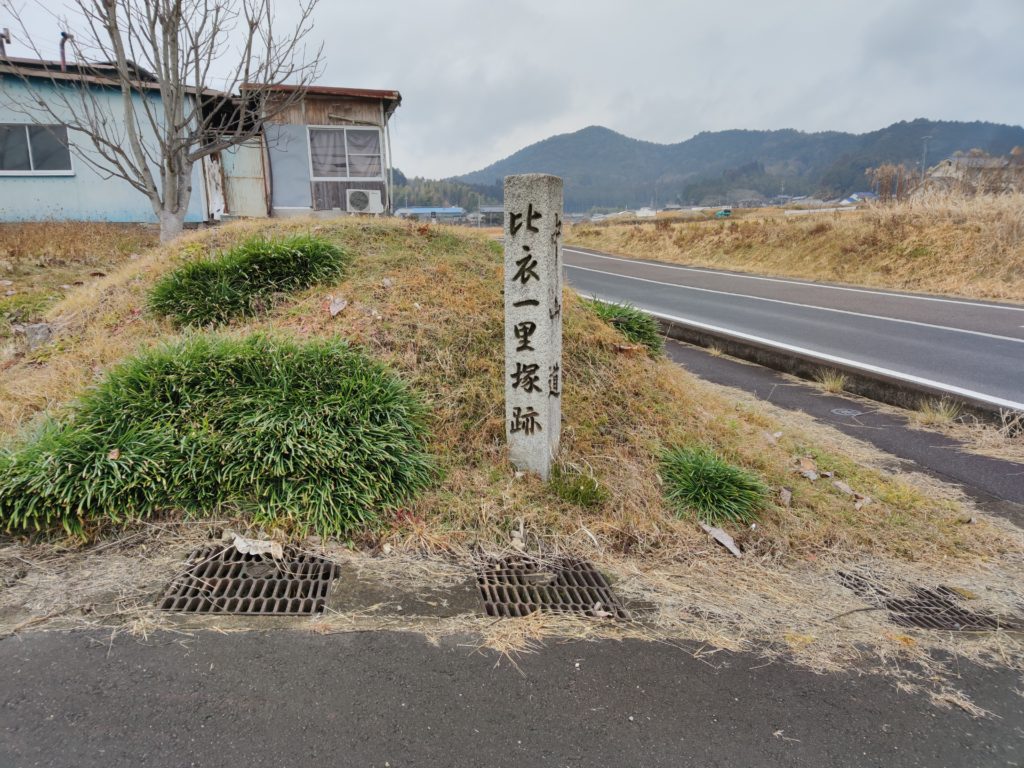
Fushimi-juku
After a short distance, just before entering Fushimi-juku, the Takakurayama burial mound is located on the mountain behind the Fushimi police station. However, it is private property and you are not allowed to enter.
The remains of the Fushimi-juku Honjin (main camp) will eventually greet you. A community center now stands there.
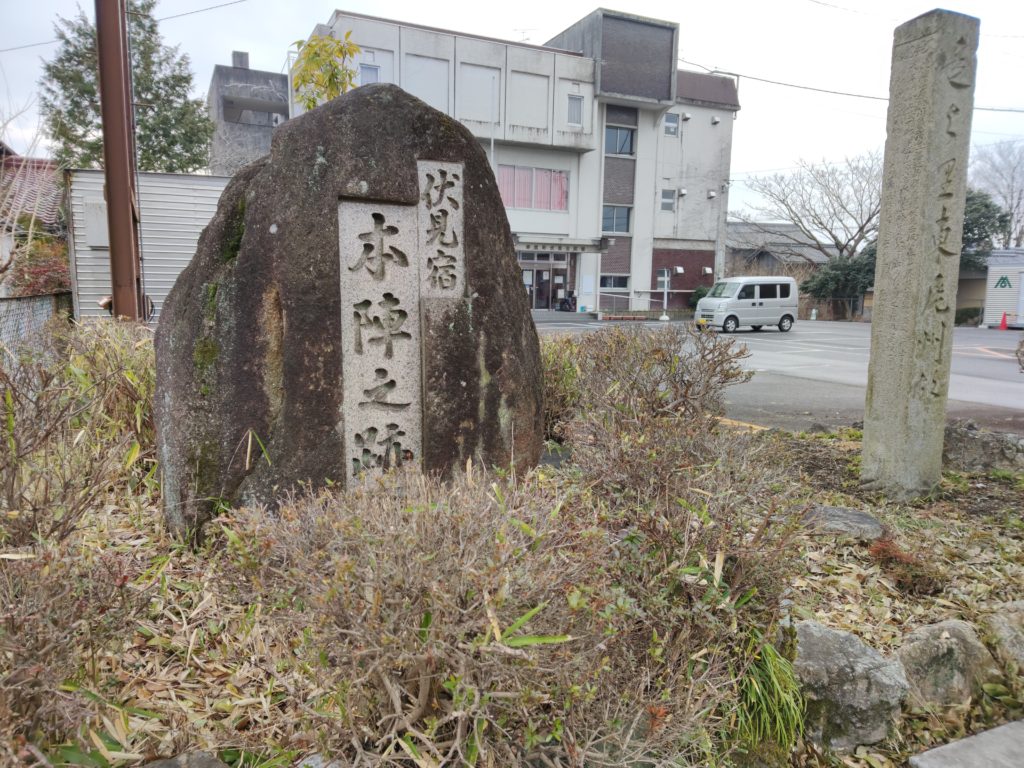
There is not much left to see in the Fushimi-juku, so we will head in the direction of Meitetsu Akechi Station. The first stop here is the Fushimi Koyasu Kannon Hall. The origin of the temple is unknown, and it has been rebuilt many times. The main statue of the Kannon is a secret statue and cannot be seen. The highlight of this place is the mound of women who worked at the Fushimi-juku, which was established in 1694 to cater to travelers. Many of them had no family. This is the shadow side of the prosperity of a post town.
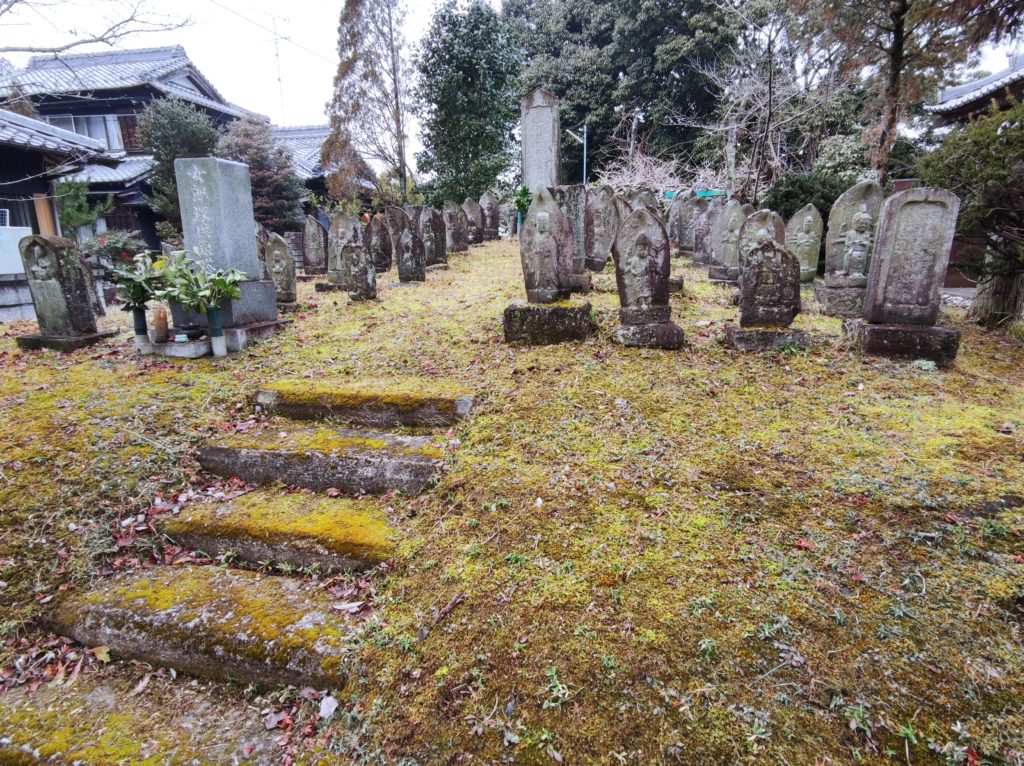
Starting point
Meitetsu Mitake Station is the starting point.
Course Time
This course begins at Meitetsu Mitake Station and takes about 2 hours including the tour. All walking is on a paved road.
Lunch
There are several restaurants throughout the course, including along the national highway. In Fushimi-juku, there is a restaurant in an old house called Tamari-an, which is highly recommended. But it is closed on Tuesdays, Wednesdays, and Thursdays.
Toilet
There are public restrooms within the Mitake-juku and Fushimi-juku. But there are no restrooms along the way.
What to bring and wear
You can wear street clothes. Sneakers are recommended.
ideal time for hiking
Weather permitting, it can be visited year-round.
Neighborhood Attractions
This course is short, at just under 7 km, so it is recommended to combine it with other courses. From Akechi Station, you can visit Akechi Castle.
Or, it can be combined with the course from Fushimi-juku to Ota-juku. We also recommend Mino Kanayama Castle, although it is a little further away.
Comments
One response to “Mitake-juku to Fishimi-juku hiking”
[…] English version of the guide here […]